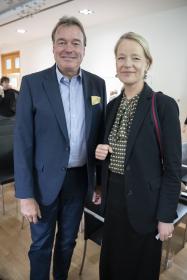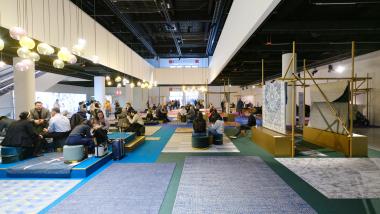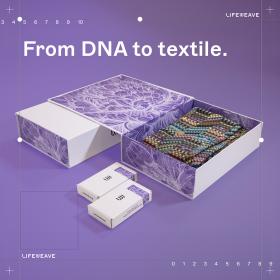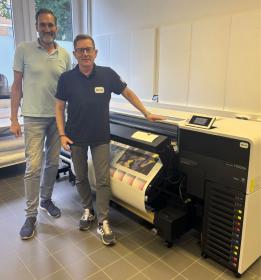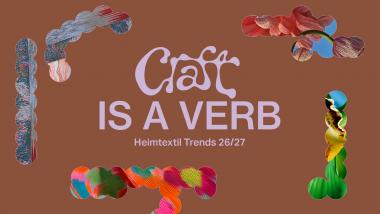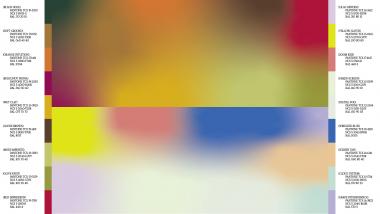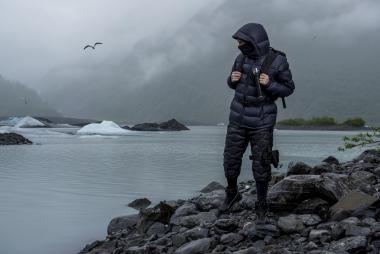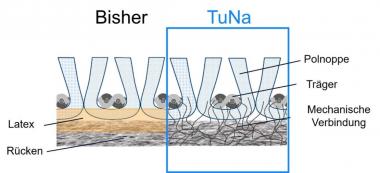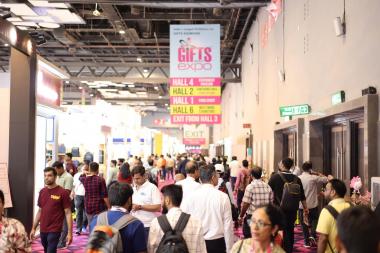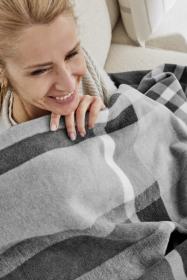Asiatische E-Commerce Plattformen: Südwesttextil fordert in Brüssel EU-weites Maßnahmenpaket
Fehlende Konformität, Nichteinhaltung von EU-Regularien und exzessive Nutzung der Zollfreigrenze durch asiatische E-Commerce-Plattformen gefährden Verbraucher, die Wirtschaft und einen fairen Wettbewerb in Europa. Südwesttextil appelliert so an die EU, regulatorische Lücken zu schließen und die Plattformen zur Haftung zu verpflichten. Gefordert werden u. a. die Abschaffung der Zollfreigrenze, die Einführung einer Handling Fee, die Verifizierung eines EU-weit gültigen Sitzes für Bevollmächtigte, strengere Kontrollen durch den Zoll.
Im Rahmen einer Podiumsdiskussion in der Vertretung des Landes Baden-Württemberg bei der Europäischen Union in Brüssel betonte Südwesttextil-Präsident Bodo Th. Bölzle die Dringlichkeit eines konsolidierten europäischen Vorgehens im Zusammenhang mit asiatischen E-Commerce-Plattformen. Zur Veranstaltung unter dem Titel „Der Binnenmarkt unter Druck – Marktüberwachung im Onlinehandel für fairen Wettbewerb und Verbraucherschutz“ hatte Thekla Walker MdL, Ministerin für Umwelt, Klima und Energiewirtschaft des Landes Baden-Württemberg, Vertreterinnen und Vertreter der EU-Institutionen, Unternehmen und Verbände eingeladen.
Mangelnde Kontrolle von Billigimporten gefährdet europäische Standards
Als Wirtschafts- und Arbeitgeberverband der baden-württembergischen Textil- und Bekleidungsindustrie unterstützt Südwesttextil die Initiative der Ministerin für einen fairen und sicheren Binnenmarkt. Asiatische E-Commerce-Plattformen fluten den europäischen Markt mit teilweise minderwertiger, äußerst preisgünstiger Ware – dazu zählen Produkte der Branche wie Bekleidung, Heimtextilien oder Spielzeuge aus Textil. Während europäische Unternehmen strenge Standards im Bereich Produktsicherheit, Qualität, Chemikalieneinsatz, Umweltbilanz und Herkunft ihrer Produkte erfüllen, ist die Einhaltung dieser Regularien beim Import schon aufgrund der immensen Menge nicht kontrollierbar. Dies führt nicht nur zu erheblichen Risiken für Verbraucher und Umwelt, sondern auch zu Wettbewerbsnachteilen für europäische Hersteller und Händler.
Thekla Walker MdL, Ministerin für Umwelt, Klima und Energiewirtschaft des Landes Baden-Württemberg: „Sanktionen müssen so hoch angesetzt werden, dass sie Abschreckungswirkung entfalten – bis hin zur Abschaltung von Shopping-Plattformen, die nicht gegen Betrüger vorgehen und damit Verbrauchern und einem fairen Wettbewerb schaden.“
Südwesttextil-Präsident Bodo Th. Bölzle fordert Beschleunigung der Zollpolitik
Vor diesem Hintergrund forderte auch Südwesttextil-Präsident Bodo Th. Bölzle im Rahmen der Podiumsdiskussion ein schnelles Handeln, um den Binnenmarkt zu schützen. „Wenn wir nicht jetzt mit der Abschaffung der 150 Euro Zollfreigrenze und der Einführung einer Handling Fees auf Pakete reagieren, haben wir 2028 den Wettbewerb verloren”, sagte Bodo Th. Bölzle, Präsident von Südwesttextil. Asiatische E-Commerce-Plattformen nutzen die Zollfreigrenze von 150 Euro beim Import in die EU, indem Bestellungen auf mehrere Pakete aufgeteilt werden. Die Abschaffung dieser Zollfreigrenze hat die EU-Kommission erst für die geplante EU-Zollreform ab März 2028 vorgesehen. Sie plant zudem eine Pauschalgebühr von 2 Euro auf kleine Pakete – mit dieser „Handling Fee“ sollen auch die erheblichen Kosten der Zollbehörden finanziert werden. Bodo Th. Bölzle schätzt dies allerdings noch zu niedrig ein: „Um die Paketflut effektiv einzudämmen, benötigen wir eine Gebühr, die wirklich weh tut, von mindestens 30 Euro pro Paket, zusammen mit vielfältigen weiteren Maßnahmen, die einen fairen Markt sichern.“
Europäisches Maßnahmenpaket muss regulatorische Lücken schließen
Südwesttextil fordert ein konsolidiertes europäisches Vorgehen. Nur so können regulatorische Lücken dauerhaft in allen Bereichen geschlossen werden. Neben der zeitnahen Änderung des Unionszollkodexes, müssen E-Commerce-Plattformen außerhalb der EU zukünftig haftbar gemacht werden können. Dafür ist erforderlich, dass ihre Pflichten auf die volle Haftung für Konformität ausgeweitet und ein entsprechender Sitz in der EU verifiziert wird. Ansonsten fordert Südwesttextil, dass eine entsprechende Kaution hinterlegt wird oder eine Versicherung in der EU existiert, damit deren Bevollmächtigte für entsprechende Verstöße gegen EU-Regularien haftbar gemacht werden können. Insgesamt gilt es, die Kontrolldichte durch den Zoll zu erhöhen und eine Sanktionierung durchzusetzen. Dafür müssen die zuständigen Behörden besser ausgestattet, vernetzt und in einem EU-einheitlichen IT-System verbunden werden. Nichtsdestotrotz sieht Südwesttextil den Bedarf, als „Ultima Ratio“ die Rechtsgrundlage zur Abschaltung der Plattformen zu schaffen und stärker am Bewusstsein der Verbraucher zu arbeiten.
Südwesttextil Verband der Südwestdeutschen Textil- und Bekleidungsindustrie Südwesttextil e.V. Temu Shein Brüssel Zölle Europäische Union
Verband der Südwestdeutschen Textil- und Bekleidungsindustrie Südwesttextil e.V.


